Students in the Kitchen: Gnocchi (Ep. 3)
Gnocchi Thursdays! This is a very famous Italian saying. Gnocchi are a type of homemade pasta which we often eat on Thursdays in Italy (although in my house we also occasionally have them on a Sunday). When I was on my year abroad I would make them almost every week for my housemates and me: they are so easy and quick to make.
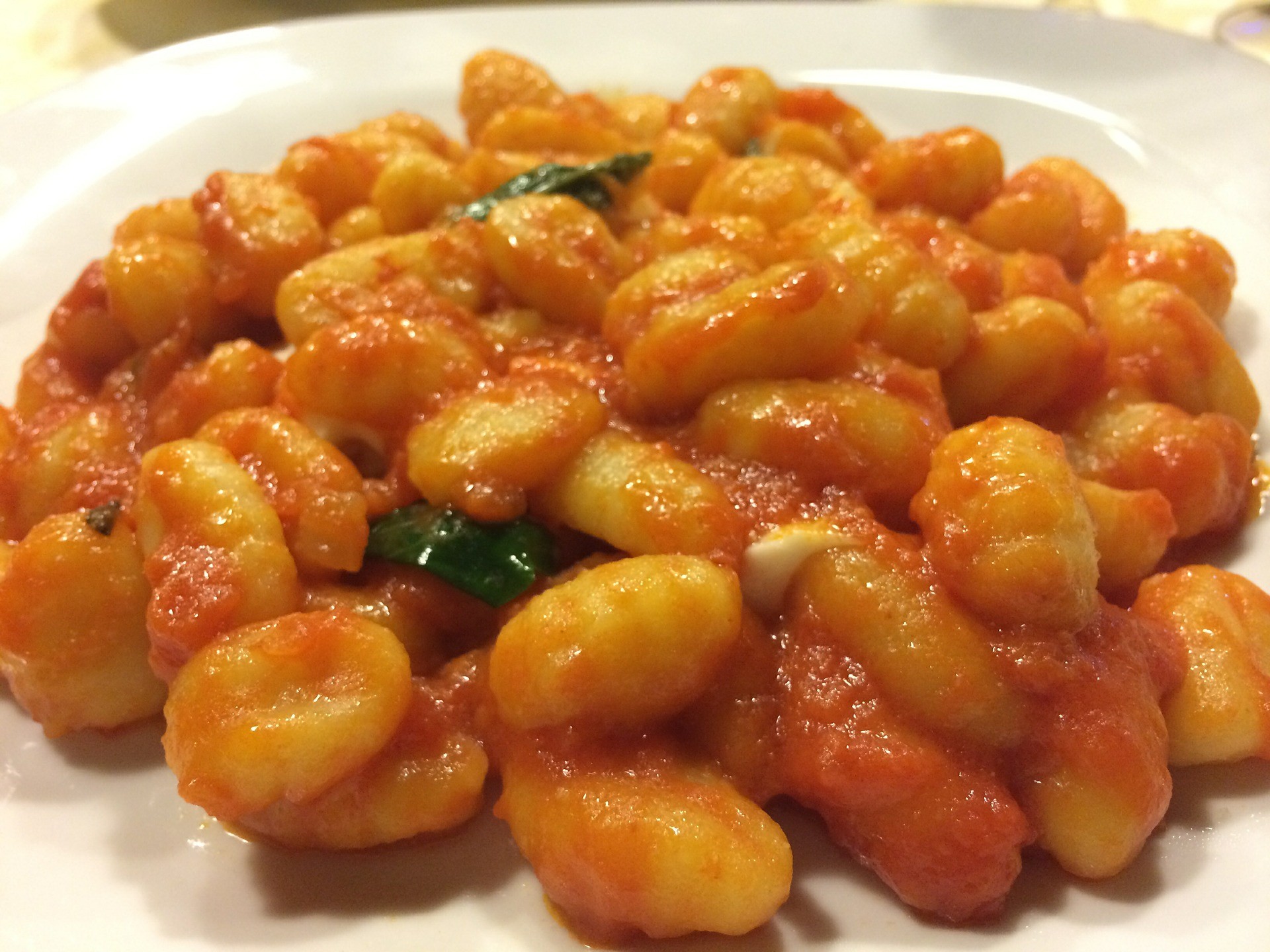
Gnocchi are a typical Italian dish, but their fame is global. There are many versions of gnocchi, depending on the shape, the ingredients in the dough or the sauce. Today I am going to share with you a recipe for traditional homemade gnochhi, made with flour and potatoes.
For 1kg of gnocchi you will need:
- 600g of plain flour
- 200g of cornflour
- 200g of potatoes
- 1 egg
- Salt, to taste
First, boil the potatoes. Wash them, leaving the peel on, and put them in a saucepan. Cover with water and place over the heat. Bring the water to a boil and leave the potatoes to cook. When you can skewer the potatoes easily with a fork it means they are cooked.
Drain the potatoes, taking care not to burn yourself, and once they have cooled a little, peel them and mash them with a fork or potato masher. Don't leave them to cool for too long, otherwise they will dry out and be difficult to work and combine with the flour.
Next, tip the flour and cornflour onto a clean work surface and make a crater in the middle.

Crack an egg into the hole and add a pinch of salt.
Begin mixing the flour and egg together, adding the mashed potato a little at a time. You should end up with a soft dough ball like this:
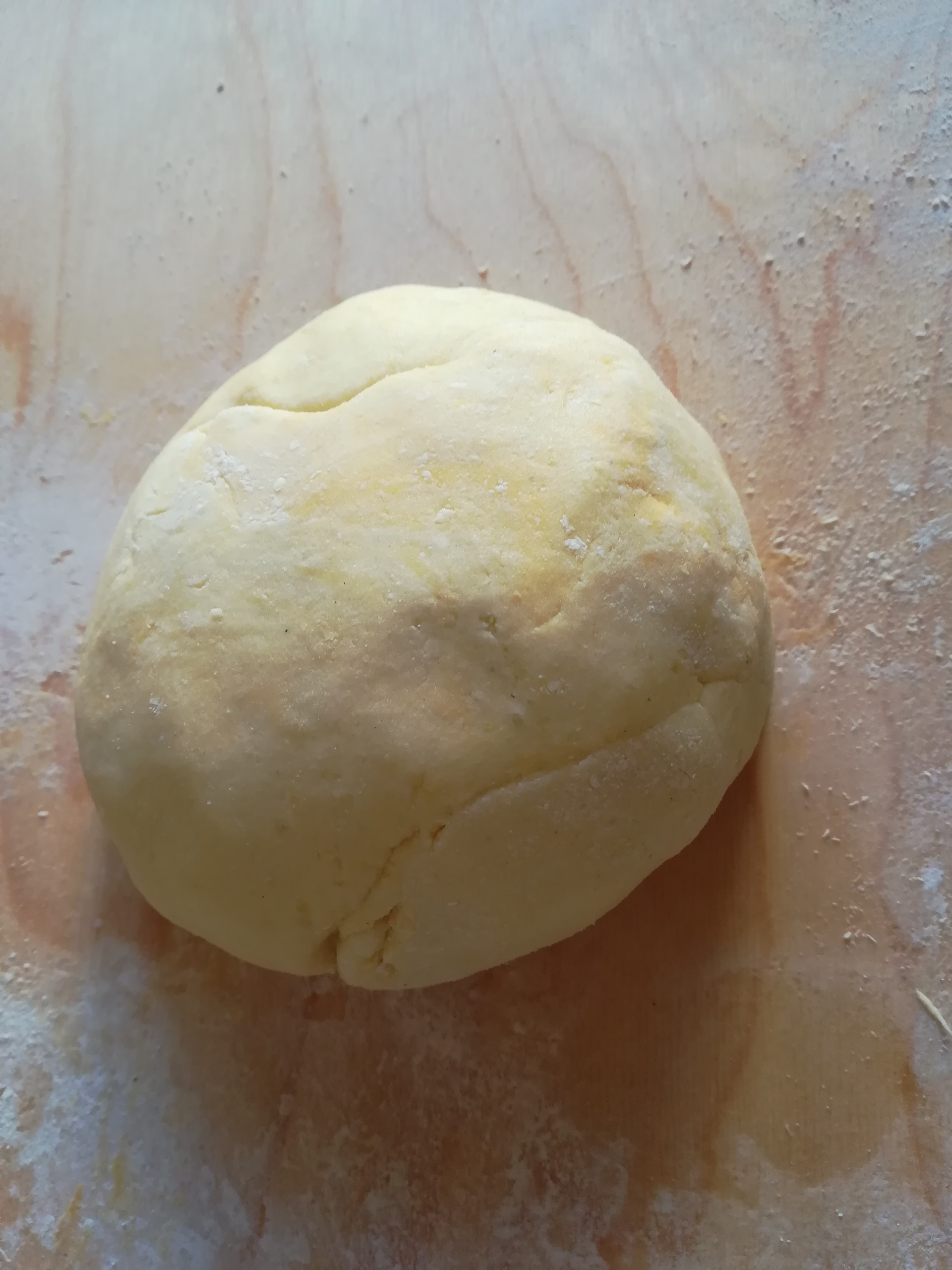
If your dough is too moist and sticky, add a little flour or cornflour, being careful not to add too much. You don't want a dry or hard dough, nor do you want to drown out the flavour of the potato.
Take a small amount of pasta at a time and roll it out into a long cylinder, like so:

With a knife, cut chunks off the cylinder, the size that you like. I love big gnocchi, so I will cut mine into longer pieces, around 3cm long each.
This is when we really form the gnocchi. Place your index and middle fingertips into the dumpling and roll it across the worksurface towards you, as you can see in the photo.

You can also do this on a cheese grater to make holes in them, or alternatively on a fork to make stripes - like these:
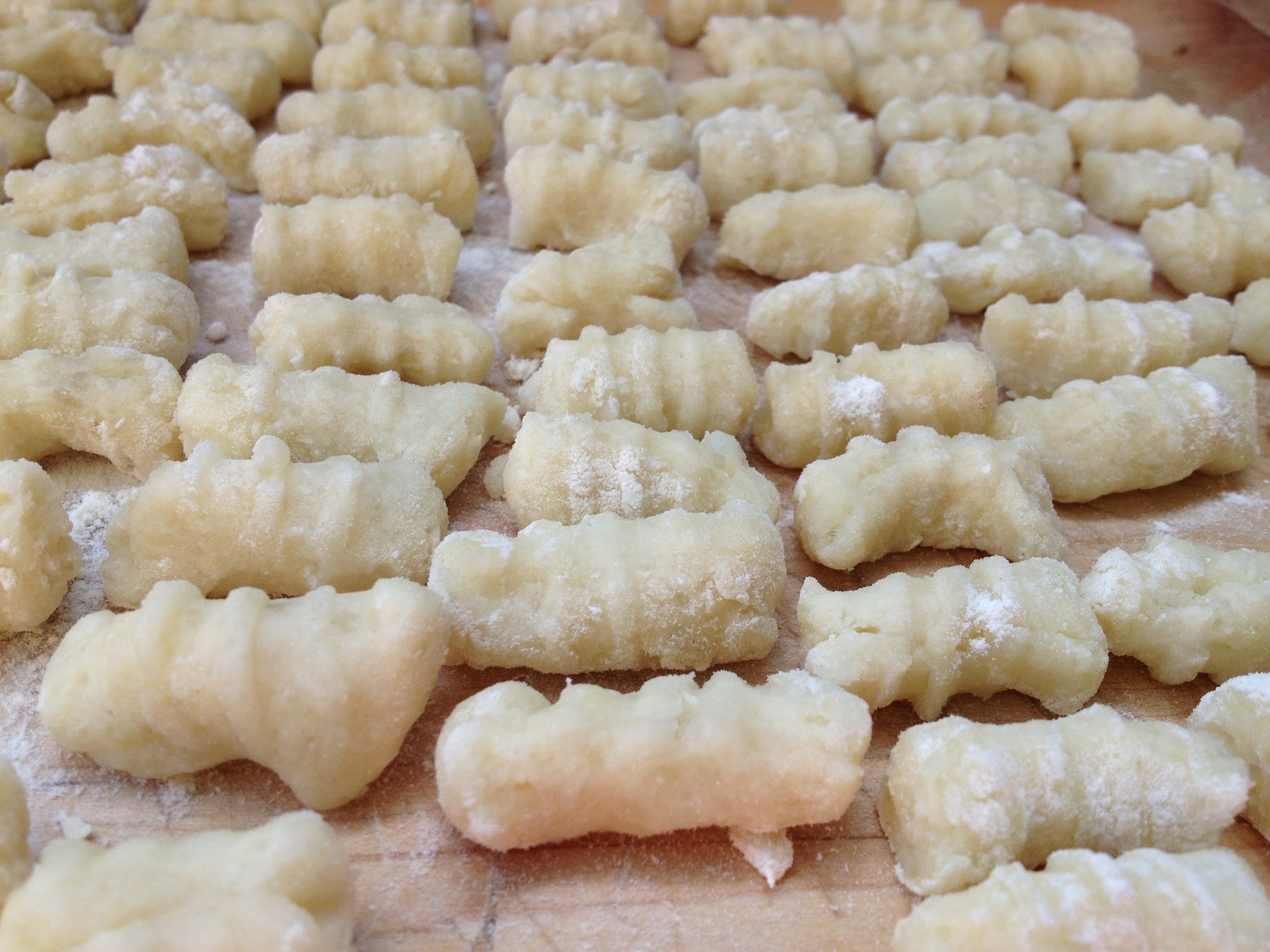
Some people don't bother with this final step, leaving them simply cut like the gnocchi on the left.

These are the ones I made.

You can keep them in the fridge for up to 3 days and cook them however you wish. In my opinion, gnocchi are best eaten in sauce.
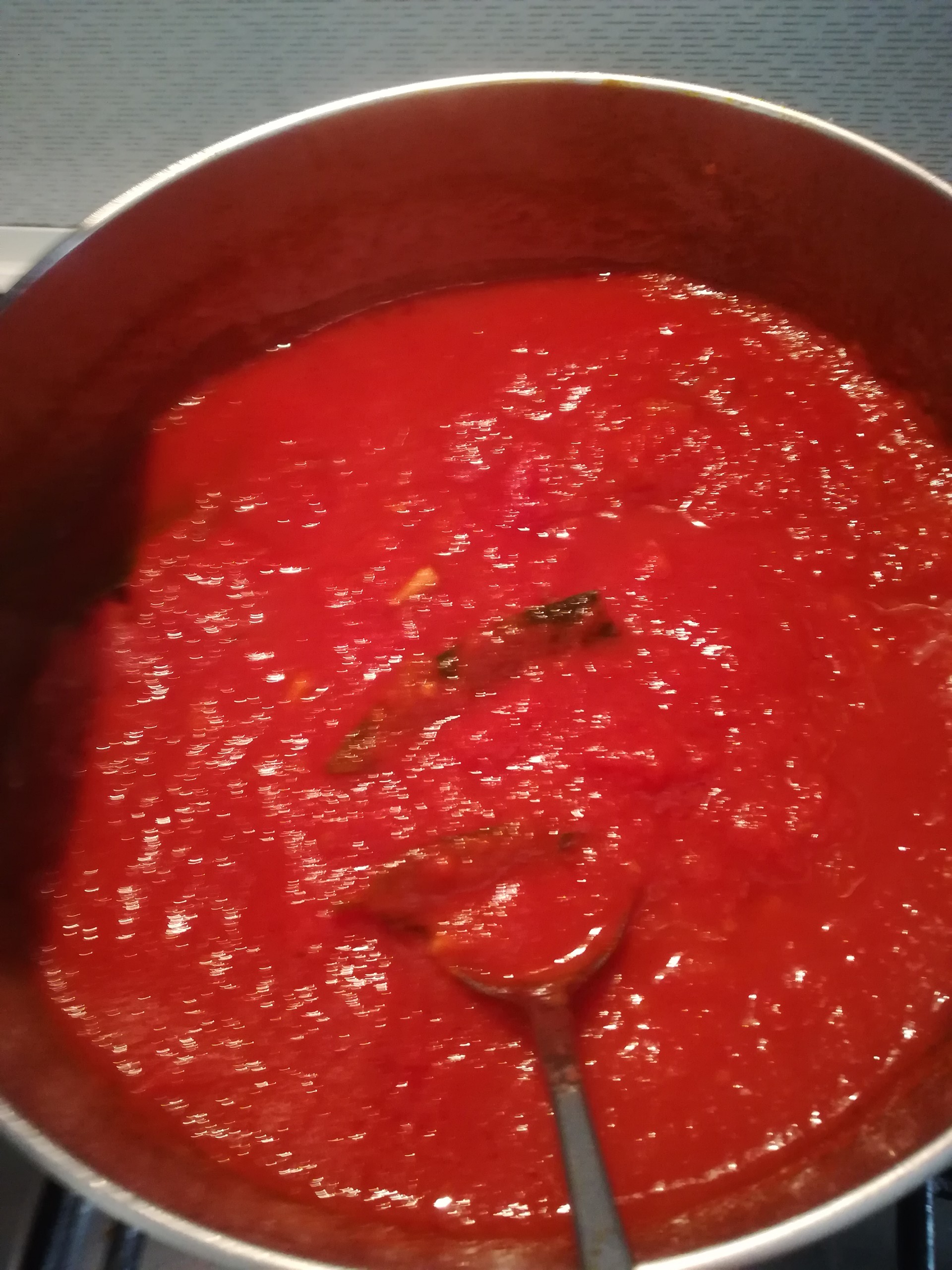
I would recommend you make a good sauce from tomato, minced beef or - as I do - pork cheek. The cheek, in comparison to pancetta, contains more fat and therefore gives the dish more flavour. It is used in many typical Italian dishes, such as the well-known carbonara or bucatini all'Amatriciana.
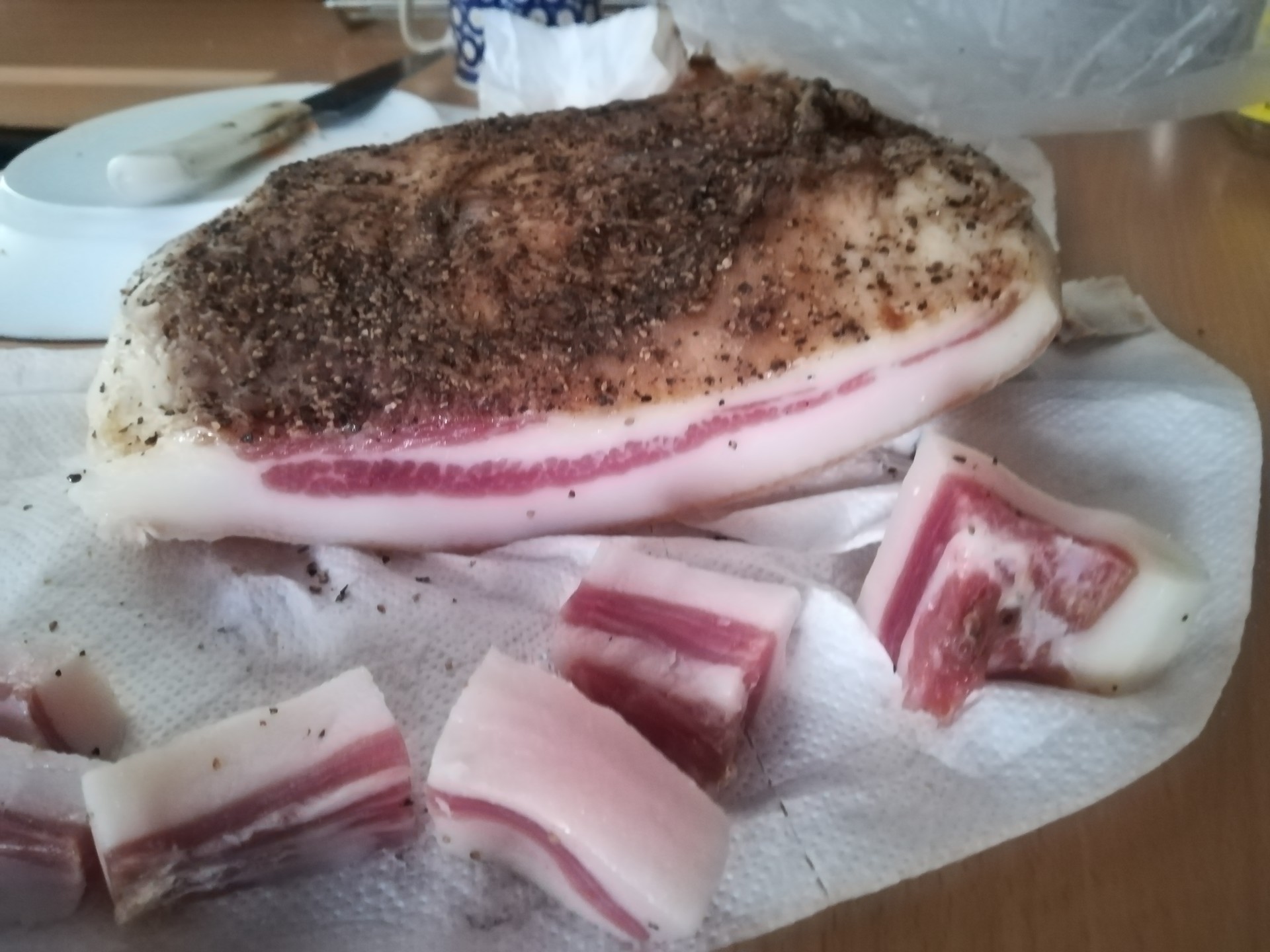
In Naples we often make gnocchi alla sorrentina - gnocchi from Sorrento - which consists of sauce, lashings of mozzarella and baked in the oven for 10 minutes or so. They are delicious, flavoursome and covered in stringy mozzarella.
Buon appetito!
Photo gallery
Content available in other languages
Want to have your own Erasmus blog?
If you are experiencing living abroad, you're an avid traveller or want to promote the city where you live... create your own blog and share your adventures!
I want to create my Erasmus blog! →













Comments (0 comments)